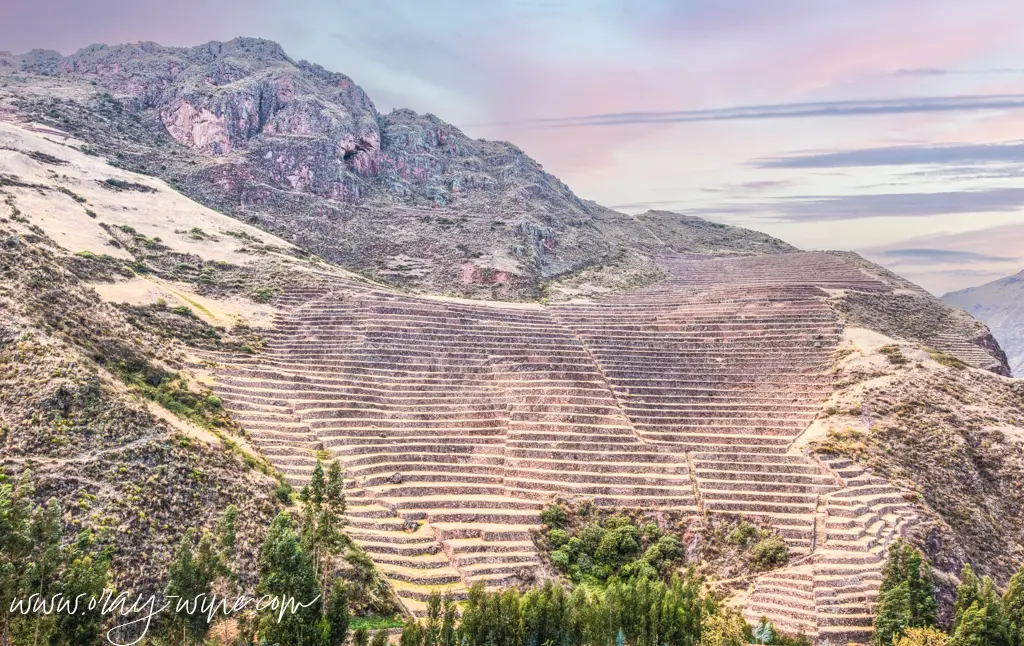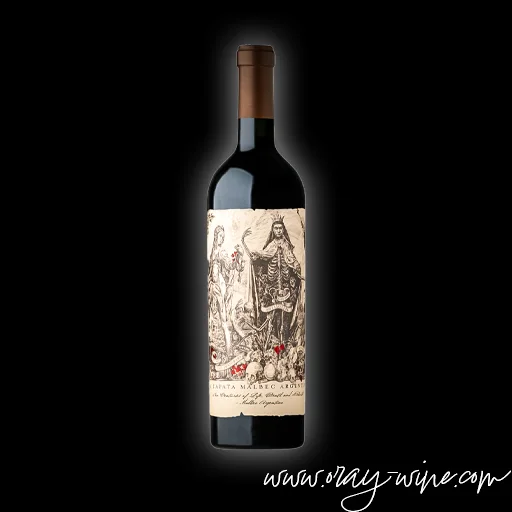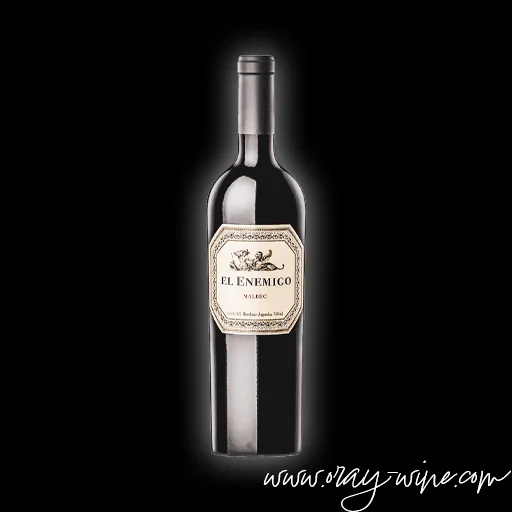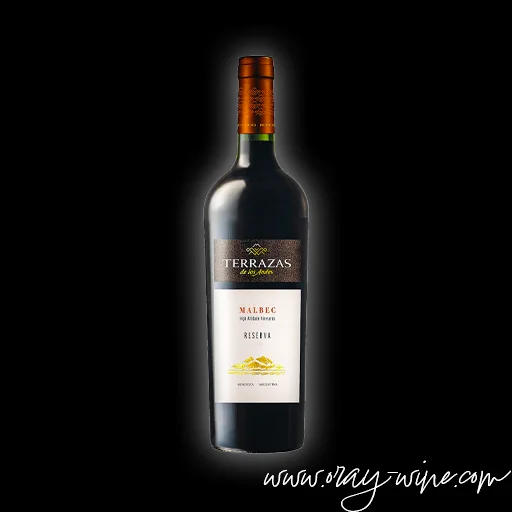
There are more grapevines in Argentina than in any other South American country. Its vast plains and rugged hillsides are a source of remarkable wines at all price points. In fact, Argentina is the seventh-largest wine-producing country and the eighth-largest wine consumer worldwide. Argentina’s success can be widely attributed to its talented grape growers, winemakers, and for sure to the Malbec grape variety.
Malbec is a noble varietal that truly feels Argentina; it pairs seamlessly with the country’s famous grilled meat Asados, sausages and hearty stews. However, not all Malbec is created equal; it produces a wide range of wine styles, and they’re all worth knowing. This article is about what you need to know about Argentina’s Malbec.
The History of Malbec in Argentina
Malbec is a historical grape that originated in France, most likely in the Southwest, where it still exists under the name of Côt. Malbec might have been planted in this french area in around 150 AD. People also grew a deep, flavorful and robust Malbec in Bordeaux to produce the region’s famous red blends. However, after the phylloxera outbreak, more resistant grape varieties were planted in its place.
Malbec found a new home in the New World in the 1850s. French specialists, including Claudio Gay and Michel Aimé Pouget (the Father of Argentine Wine), introduced several varieties to the arid region, from which Malbec soon stood out. Grape growers planted the varietal far and wide, replacing varietals of lesser quality and establishing its reputation as the country’s leading wine grape.
By the mid-1900s, Argentina was a leading wine-producing country and one of the largest wine consumers. Although not of the highest quality, Argentinians consumed nearly 24 US gallons of wine per capita during the 1960s and 1970s. However, the country rose to fame after the hyperinflation of the 1980s. Inspired by neighboring Chile’s wine export strategy, grape growers in Argentina started producing Malbec for the international market with great success.
Eventually, winemakers realized that the best grapes didn’t come from the flatlands around the city of Mendoza but from the high-altitude vineyards nestled in the Andes Mountain Range. Malbec suddenly became the source of world-class wine that could compete with the finest wines on earth.
Terroir and Viticulture

Most of the wine in Argentina comes from Mendoza. Over 70% of the country’s output comes from the province at the Andes foothills. Rain here is rare, but abundant meltwater pours from down the high, icy peaks. This is also home to the most prestigious producers specializing in Malbec.
The vineyards around the charming Mendoza city, planted in the flatlands, are a source of average grapes for everyday wine. For the Malbec grape variety to show its best, it must be planted at high altitudes, where the soil is poorer and the sun exposure is better. Grapes are more concentrated when grown in harsh conditions, resulting in more complex wines on both the nose and palate. Besides, altitude causes the grape to retain acidity, and acidity is critical to balancing Malbec’s fruit-forwardness.
Mendoza’s vineyards rarely struggle with fungal diseases and other obstacles caused by excess moisture, so organic farming is easy to implement in the area; thus, there is no need for chemical sprays.
Winemaking
Malbec is a noble varietal that makes noteworthy wines on its own. Unlike its relatives in Bordeaux, Malbec gains little from blending with other grapes. Malbec is susceptible to grape diseases in the vineyard, but that’s not a problem in Mendoza, where the Andes mountain range protects the vineyards from excessive rain.
Malbec produces high yields in fertile soils, such as the vast plains around Mendoza City, but it can also produce rich and concentrated fruit in poor mountain soils. Malbec often ages for at least a few months in oak barrels. Both French and American oak are used. Most of the Malbec produced in Argentina comes from large winemaking companies, but the best often comes from small, experimental estates producing low quantities of extremely high-quality wine.

Argentina’s Malbec Wine Styles
Most of Argentina’s Malbec is inexpensive and tasty, but not extraordinary. This type of Malbec comes from extensive vineyards pruned and harvested mechanically and is an excellent everyday wine. Don’t expect complexity and elegance; enjoy these wines’s fruit intensity and youthfulness.
On the other hand, high-end Malbec is exclusive, as it comes from the sparse vineyards in the upper valleys, mainly Tupungato and Uco. These wines are complex and age-worthy and offer bouquets as sophisticated as those in fine French wine. Malbec from altitude vineyards tastes nothing like ordinary Argentine Malbec but is more expensive. These wines will also undergo more sophisticated winemaking practices, such as fermenting the wine in cement eggs and aging in large foudres; they are also often made with grapes from older vineyards.

Malbec is best paired with grilled red meat, including fatty cuts like the rib-eye. Malbec also shines when paired with sausages, cured meat and aged cheese. Argentina’s national grape variety is flavorful and robust enough to interact with equally intense foods.
Wines to Try
Catena Zapata Malbec Argentino, Mendoza

Catena Zapata is a highly regarded Argentine producer. They make their flagship Malbec with mountain fruit, which results in a more balanced and elegant wine. This wine is made with grapes from three vineyards ranging from 920m to 1,450m. The grapes undergo cold maceration and ferment slowly for up to 22 days. Finally, the wine spends 6 to 8 months in French oak barrels.
This is a spectacular everyday wine that rises to special occasions. Delicious now, the wine can age, so lay down a few bottles. High in alcohol, smooth tannins and incredibly lengthy, Catena’s Malbec brims with ripe black fruit and hints of oak spices; the perfect partner for Argentina’s famous grilled meat extravaganzas.
Bodega Aleanna ‘El Enemigo’ Malbec

Adriana Catena, the daughter of Catena Zapata’s founder, joined forces with winemaker Alejandro Virgil to create Enemigo wines. The boutique winery focuses on single-vineyard wines made with high-altitude grapes from the most secluded vineyards in the Andes foothills.
El Enemigo Malbec is made with 90% Malbec, 8% Cabernet Sauvignon and 2% Petit Verdot from the estate’s vineyard in the prestigious Gualtallary in Tupungato, at 1470 meters of altitude. The wine ferments with wild yeast and ages for 15 months in 100-year-old foudres. The result is a fine wine of the highest quality that delivers intense black and blue fruit aromas, a gritty texture, mouthwatering acidity and a lengthy aftertaste. This wine is perfect for memorable occasions, especially if red meat, roasted poultry or game are on the menu.
Terrazas de los Andes Reserva Malbec, Mendoza

A high-altitude specialist, Terrazas de los Andes focuses on tending small vineyards sustainably and crafting site-specific wines. The estate’s terraced vineyards are a sight to behold and the source of premium fruit that genuinely shows what Malbec can do when planted in the mountains. Experts in heroic viticulture, the team behind this winery, is at the forefront of innovation in the country.
The winery’s Reserva Malbec is a beautiful and affordable example of fine Malbec with lots of fruit on the nose and palate. It combines selected fruit from one hundred high-altitude plots, most organic or transitioning to organic. Find black and red fruit on the nose, followed by brown spices and hints of leather over a full-bodied palate blessed with high alcohol, silky tannins and medium acidity.

Follow me on my Social Media
Wine is a gourmet treasure, do not abuse alcohol!
None of this content has been sponsored
I did not receive any gifts or free samples that could be related to this article


